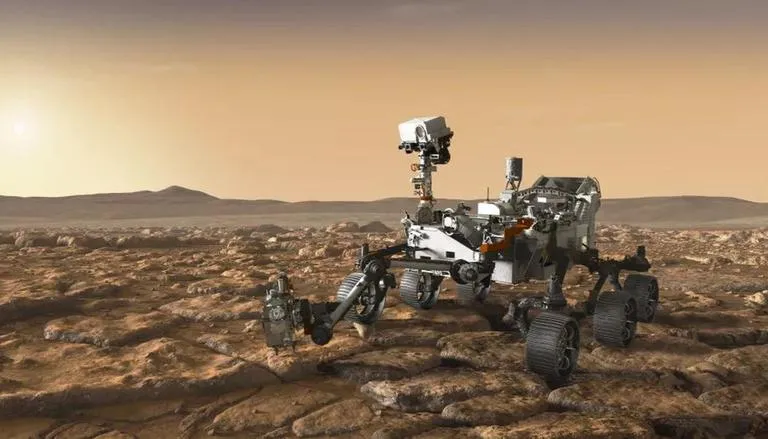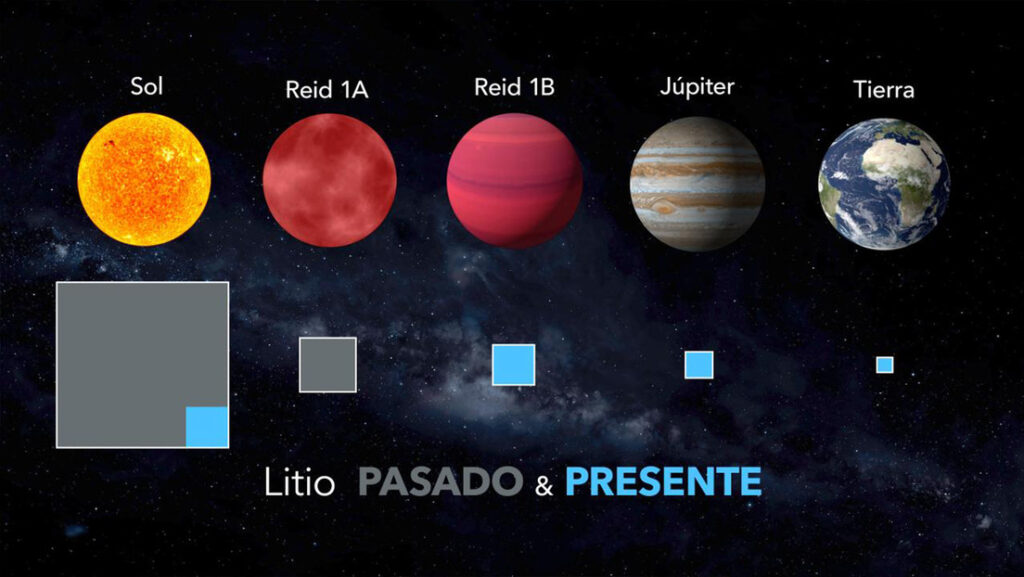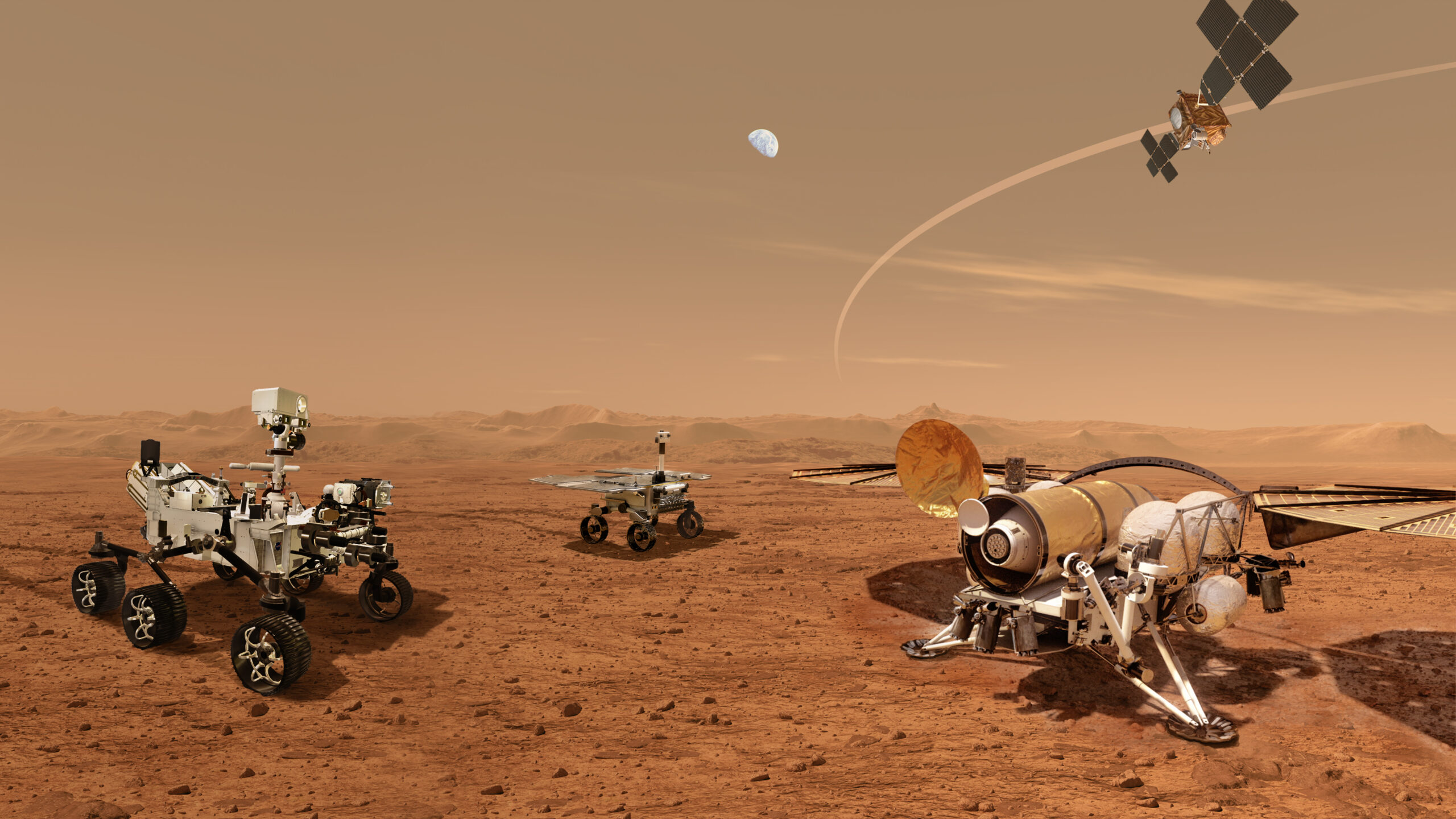NASA said its first phase of the Mars Sample Return Program is already in progress as the Perseverance rover has collected rock and atmospheric samples.

NASA, on Wednesday, presented a refined plan for its Sample Return Program meant to fetch the rocks collected by the Perseverance rover on Mars. In a media event earlier today, Thomas Zurbuchen, Associate Administrator for NASA’s Science Mission Directorate unveiled a new architecture that includes options unavailable a year ago.
The US space agency is planning the Mars Sample Return Program with the European Space Agency (ESA) to bring the samples for examination using sophisticated instruments otherwise not possible to send to the red planet.
NASA and ESA water down the complications
The two agencies say the new concept is much simpler than the old one as it eliminates the requirement of a rover and the lander previously planned under the mission. According to the refined plan, ESA will first launch an Earth Return Orbiter in the fall of 2027 followed by the launch of the Sample Retrieval Lander in the summer of 2028. If everything goes as per schedule, the samples will arrive on Earth in 2033.
The Sample Retrieval Lander is a contribution by NASA, which would carry the Mars Ascent Vehicle (MAV) and the Sample Transfer Arm built by ESA. The Sample Transfer Arm will transfer the samples from Perseverance to the MAV rocket, which would launch from the Lander toward the Earth Return Orbiter. This Orbiter would then begin its journey back to Earth with the rocks.
NASA noted that the Perseverance rover will be the primary means to transfer the samples. Interestingly, instead of the rover-lander combination, the agencies have added two sample recovery helicopters as backup. These helicopters are based on the design of Ingenuity, which ventured to Mars with Perseverance and has managed to fly 29 times and survive for over a year.
NASA said that the requirements review for the Sample Return Program is finished and the conceptual design phase is nearing completion. The program will move into its preliminary design phase this October and the development of technology as well as engineering prototypes is expected to complete in 12 months. Notably, the first part of the mission is already in progress as Perseverance has collected 11 rock core samples and one atmospheric sample.
Recent Posts
- Astronomers detect first direct image of black hole expelling a powerful jet
- WhatsApp rolling out ‘reply with message’ feature within call notifications
- Multi-Device Pairing May Be Arriving for Apple Watch this Year
- Artificial Intelligence Discovers Hidden Giant, a Planet 5 Times Larger Than Jupiter
- Google CEO Sundar Pichai Talks Bard & The Future Of Search
Recent Comments

Astronomers detect first direct image of black hole expelling a powerful jet

Artificial Intelligence Discovers Hidden Giant, a Planet 5 Times Larger Than Jupiter

Scientists explain melting of Antarctic ice sheet dating back 9,000 years

An Unexpected Discovery: Hubble, ESA's Gaia Spot Double Quasar That Existed Over 10 Billion Years Ago

Astronomers detect first direct image of black hole expelling a powerful jet

WhatsApp rolling out ‘reply with message’ feature within call notifications

Multi-Device Pairing May Be Arriving for Apple Watch this Year


